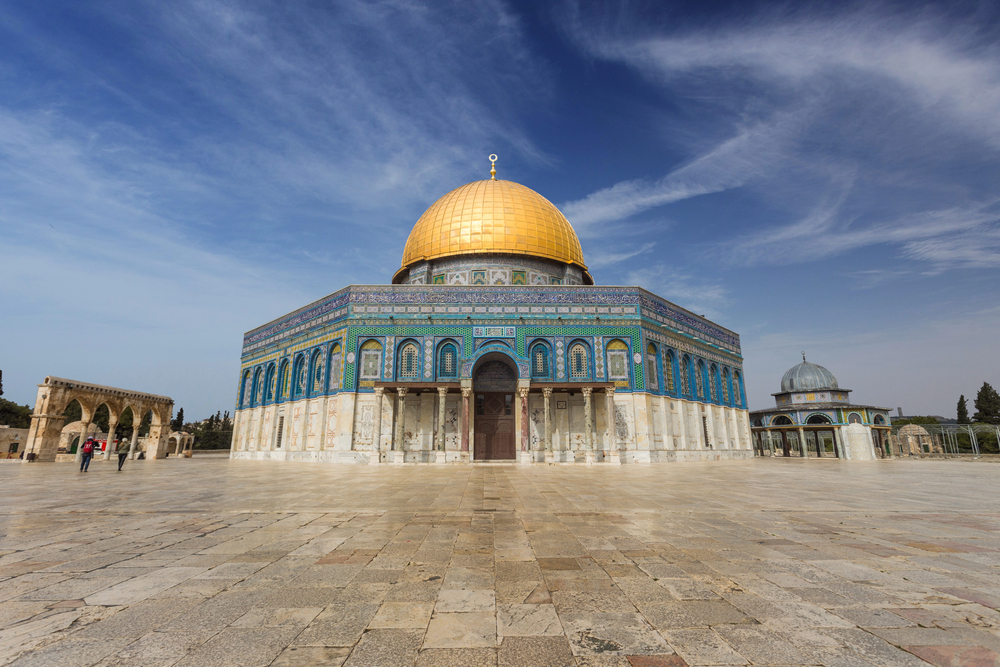
Ever wondered whether the locations in your favorite Bible stories are mere legend or if you might be able to stand where miracles occurred? The answer may surprise you. For centuries, pilgrims and believers have tried to follow in the footsteps of prophets, kings, and disciples, seeking a sense of concrete connection to the ancient world contained within Scripture. Today, with the help of modern archaeology and time-worn customs, you can travel to places where history and faith become entwined in the most breathtaking ways.
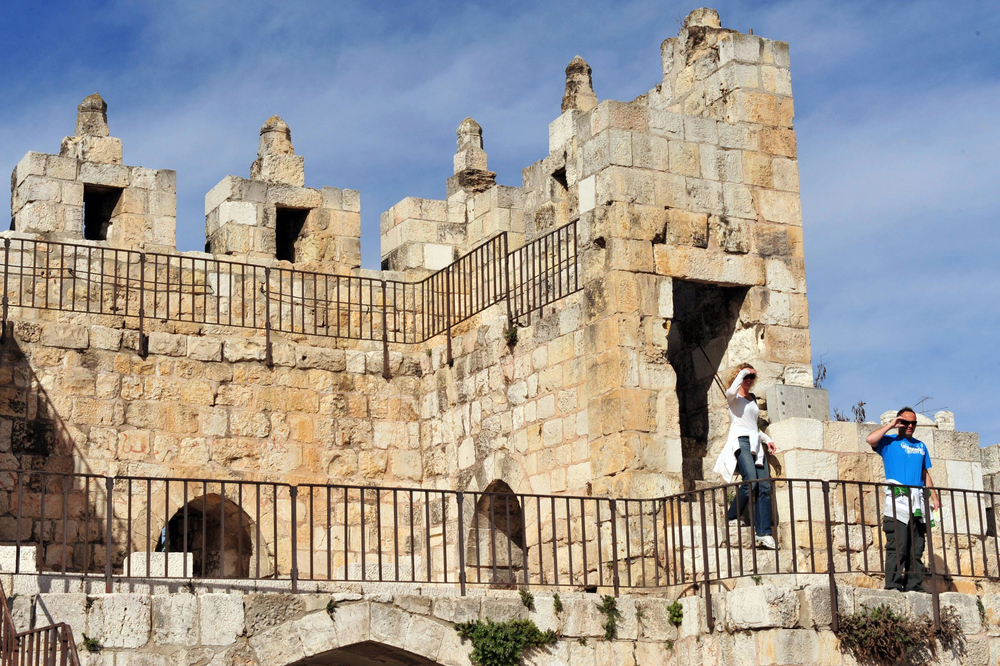
From Jerusalem’s weathered stones to Galilee’s peaceful shores, these places provide more than a lesson in history they’re living reminders of the power of faith. But what makes these sites really special are the incredible finds that keep bubbling up from the dust, providing new insights and sometimes even upending what we thought we knew. Buckle up for a look at the most intriguing biblical sites and the archaeological discoveries that make them so interesting.

1. Jerusalem’s Western Wall: Where Ancient Faith Abides
The Western Wall is a potent symbol of faith and determination. For more than two millennia, these huge limestone blocks have seen prayers, tears, and celebrations from millions. The wall is a spiritual home base for Jews and a reference point for Christians and Muslims as the sole remaining remnant of the Second Temple. Archaeological excavations near Jerusalem uncovered layers of history, ranging from ancient city walls to inscriptions such as the Siloam Tunnel inscription that chronicles King Hezekiah’s bold engineering achievement to secure the water supply of the city. According to the Siloam inscription, “the stonecutters struck each man towards his counterpart, ax against ax and flowed water from the source to the pool for 1,200 cubits.” This tangible evidence connects today’s visitors with the biblical narrative in a way that feels both immediate and profound.
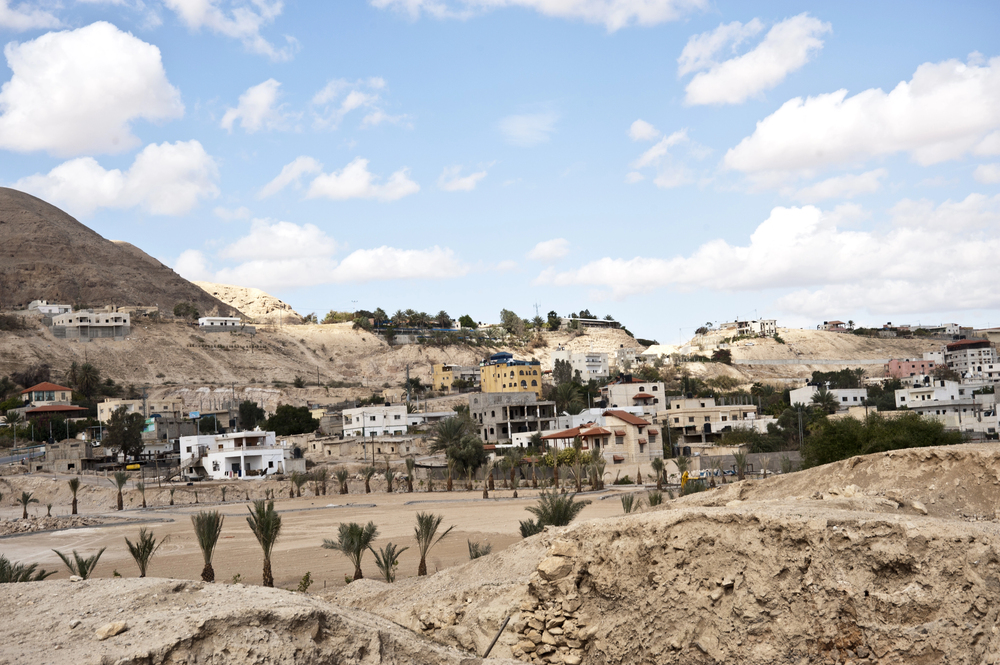
2. Jericho: The World’s Oldest City and Its Collapsing Walls
Situated in the Jordan Valley, Jericho boasts the claim of being the world’s oldest inhabited city, its walls dating more than 11,000 years. Archaeologists have excavated over 20 layers of settlement in Tel es-Sultan, where they found a city that has experienced infinite cycles of destruction and rebirth. One of the most dramatic moments of history is the discovery of Jericho’s walls crashing down after Joshua’s army circumnavigated it. Although excavations have generated controversy regarding the precise chronology, finding the ancient fortifications and a huge Neolithic tower lends substance to Jericho’s mythic status. As the Bible Interp points out, “details in the narrative that are historically or geographically verifiable are isolated and compared to historical data,” and thus Jericho takes center stage for both religion and scholarship.
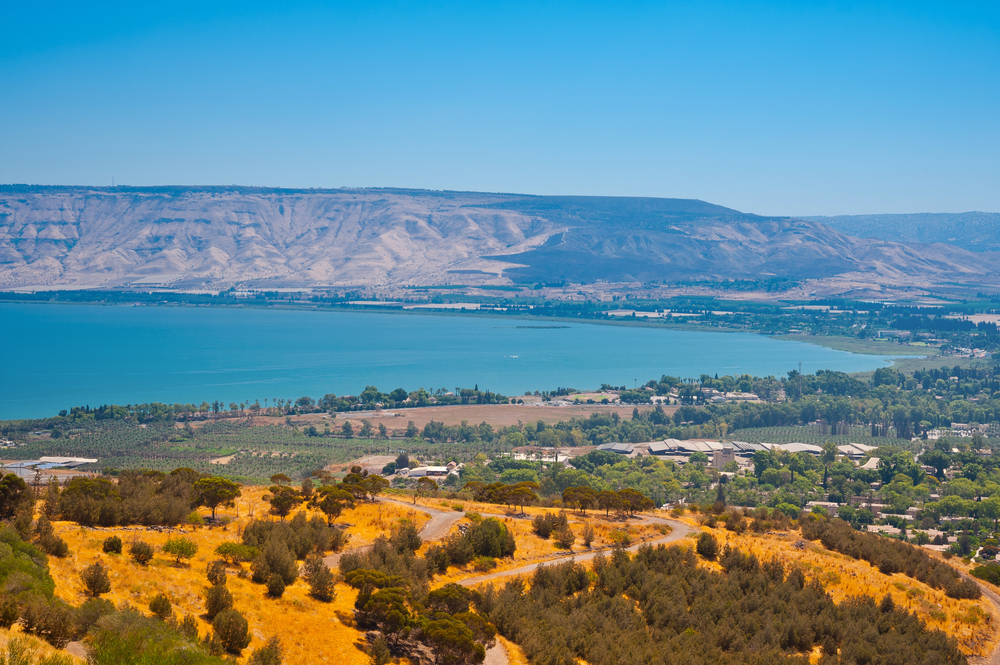
3. Sea of Galilee: Miracles on the Water
The peaceful waters of the Sea of Galilee have been the scene for some of the most vivid moments of the New Testament. Jesus stilled storms, walked on water, and recruited his first followers from these shores. Today, tourists can sail in wooden boats designed after ancient fishing craft, gliding past sites such as Capernaum and the Mount of Beatitudes. Archaeological discoveries, like a fishing boat that was 2,000 years old when discovered in the mud, provide a tangible connection to Jesus’ and his disciples’ everyday life. The continued excavation of Galilee’s ancient cities, synagogues, and houses continues to uncover new history layers, which bring the stories of the Gospel alive.
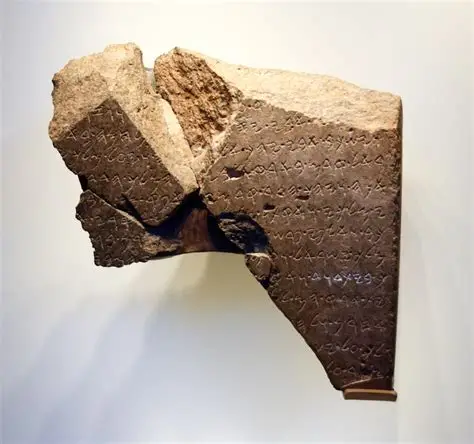
4. The Tel Dan Stele: Proof of King David’s Dynasty
Skeptics for decades doubted King David was more than myth, but that was altered in 1993 when archaeologists at Tel Dan unearthed a stone inscription that made mention of the “House of David.” As archaeologist Yosef Garfinkel stated, “So now we know that there was a guy called David and he had a dynasty…this is absolutely clear that David is not a mythological figure.”. Thus, the mythological paradigm came crashing down in an instant.” The Tel Dan Stele, which is from the ninth century BCE, is perhaps the most important archaeological find in biblical archaeology, offering extra-biblical evidence of David’s lineage and power. This discovery, which was featured by the Bible Archaeology Report, is a revelation for anyone wanting to explore the historical origins of biblical stories.
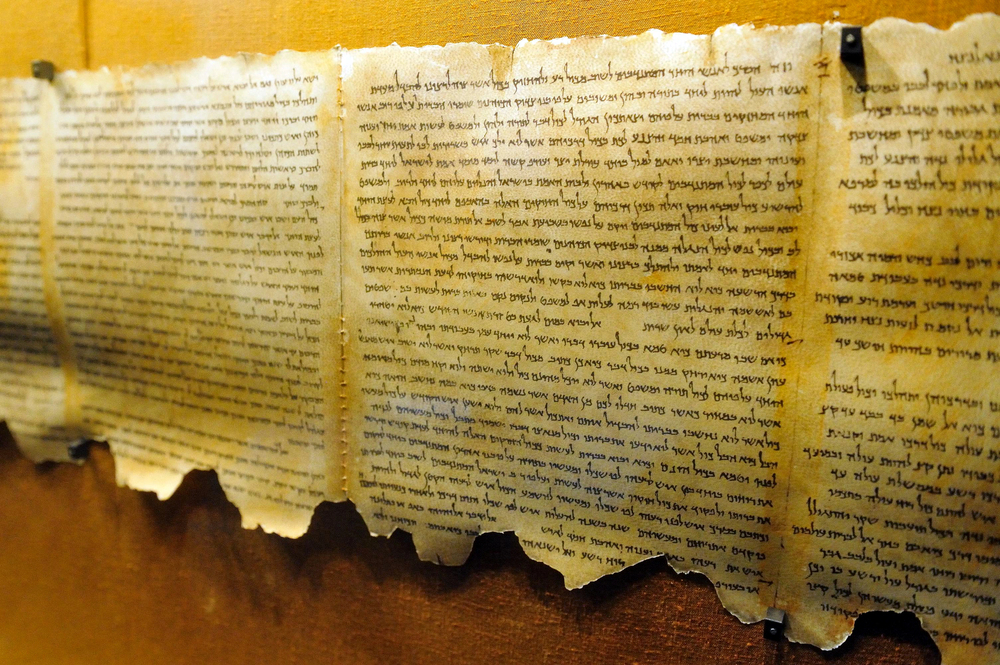
5. The Dead Sea Scrolls: Keeping Scripture Alive Throughout the Centuries
Accidentally discovered in 1947, the Dead Sea Scrolls represent one of the most significant archaeological discoveries of the 20th century. These ancient scrolls, secreted away in caves at Qumran, contain parts of every book of the Old Testament except Esther and date some over 2,000 years. Their find enabled scholars to compare biblical manuscripts across centuries and find that “very little had changed” in transmitting Scripture, writes Holden and Geisler. To believers, the scrolls are a vivid witness to the fidelity of those who protected these holy words, and to historians, they provide an unparalleled glimpse into the beliefs and practices of early communities.
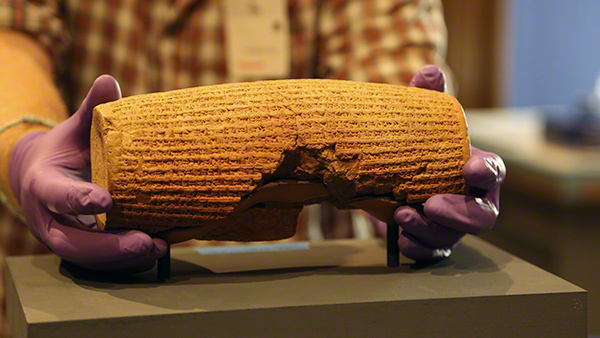
6. The Cyrus Cylinder: A Royal Decree Fulfilled
The Jewish return from Babylonian exile is a turning point in biblical history, and the Cyrus Cylinder makes this story real. Uncovered in Babylon in 1879, the Cyrus Cylinder inscribes Cyrus the Great’s policy of permitting exiled nations to return to their homelands and restore their temples. The inscription states: “I gathered all of their peoples together and brought them back to their settlements…I brought them back unharmed to their cells, to the sanctuaries that delight them.” This incredible artifact corroborates the biblical story in Ezra and serves as a testament to hope and restoration for generations of believers.

7. Bethlehem’s Church of the Nativity: Birthplace of a Savior
Designating the location where tradition holds that Jesus was born, the Church of the Nativity at Bethlehem is Christianity’s most ancient and sacred place. Pilgrims follow narrow stone stairs down to a cave-like room lit by suspended oil lamps, stopping where the silver star is set in the marble floor. Archaeological excavations of the church and its vicinity have revealed strata of the past, from Roman mosaics to Byzantine and Crusader restorations. Through the centuries of turmoil, the site still attracts pilgrims in search of a personal link to the legend of Christ’s birth a legend tied as much to religion as to the stone that abides.
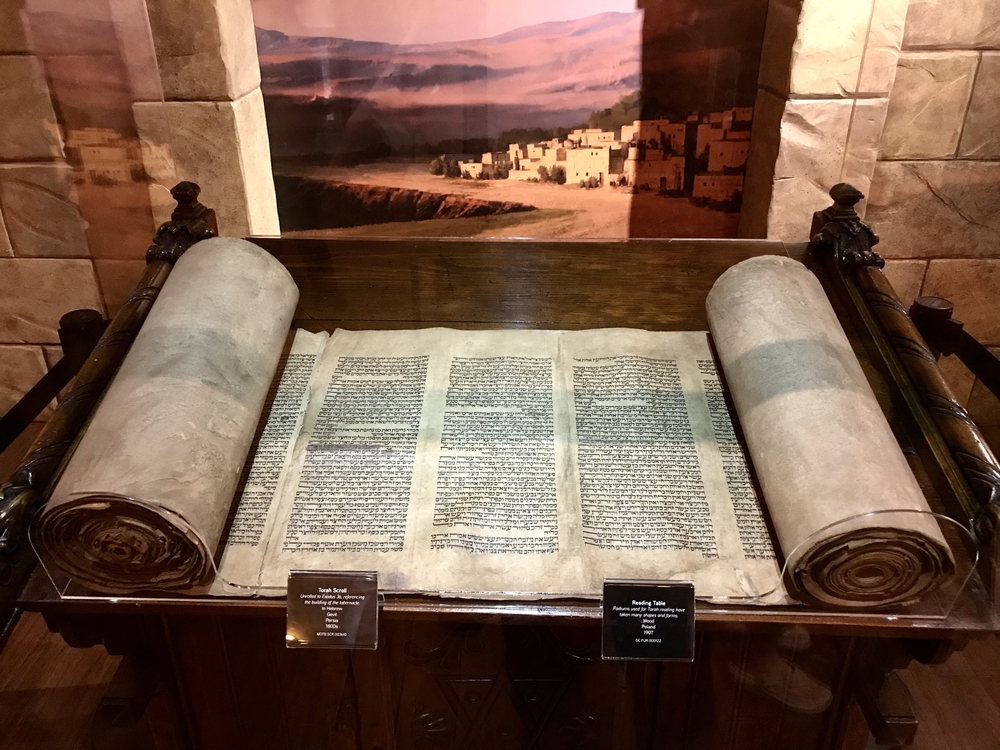
Whether you are a believer, a history buff, or a seeker of awe, these sites and discoveries beckon you to move beyond myth and into the living narrative of faith. Every artifact, inscription, and ancient wall is not just a relic, but a bridge through time, reminding us that the stories of the Bible are inextricably woven into the very fabric of our existence. So the next time you read an old favourite, keep in mind: the reverberations of those ancient footprints are waiting to be discovered.


